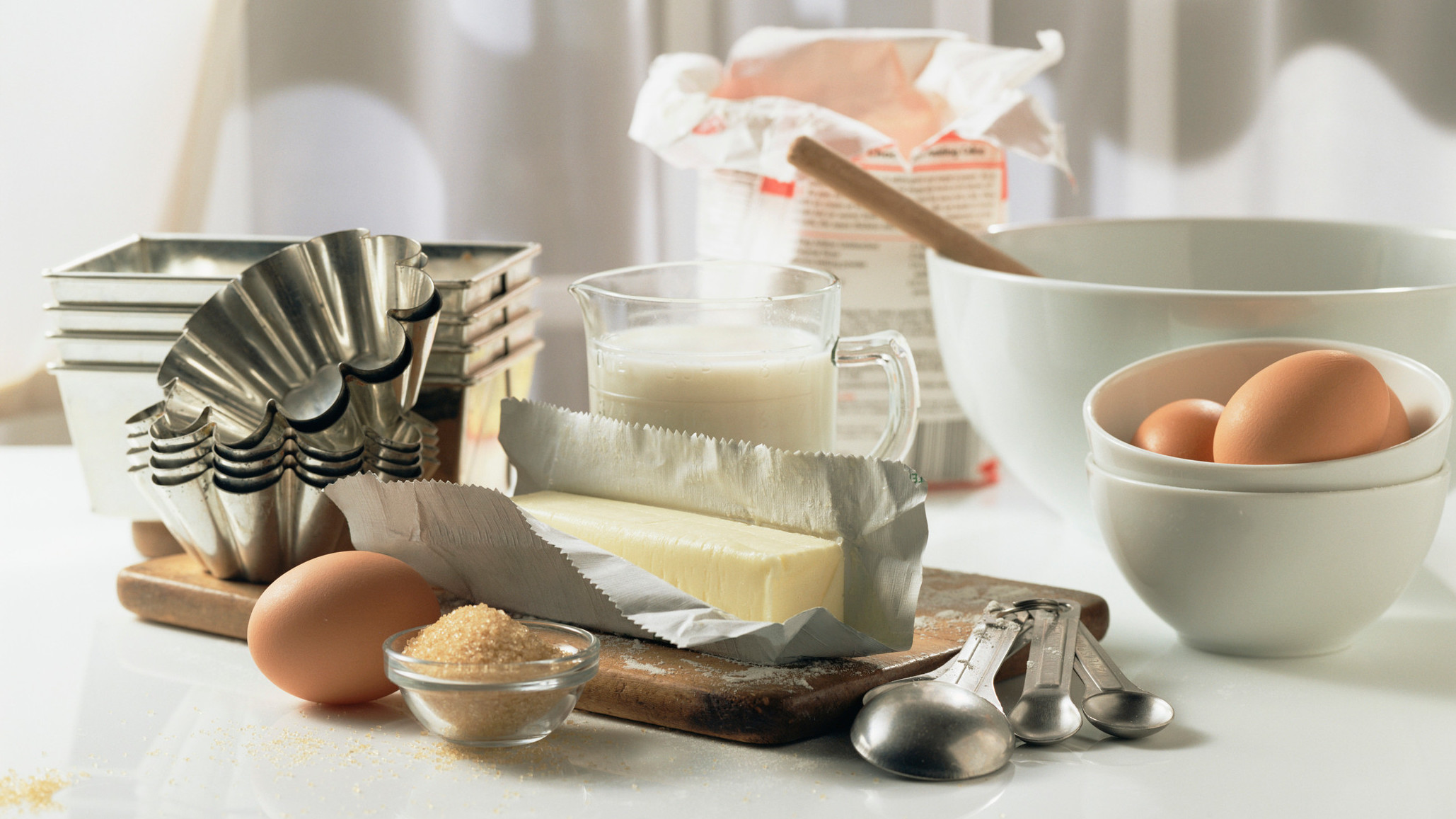Can I Substitute Baking Soda For Baking Powder In A Recipe?
Before I go any further, you need to know that baking powder and baking soda are not the same thing. I know that a solid 60% of you reading this are doing so on your phone while standing in the kitchen in front of a counter full of baking ingredients. I needed to make sure I stopped you before you barged ahead and did something disastrous.
Your logic is not all that flawed: Baking powder and baking soda are both chemical leaveners, meaning that they help your warm apple cider doughnuts, your crunchy cookies, and your flaky buttermilk biscuits rise by producing carbon dioxide. Think back to your elementary school days, when you made a baking soda volcano at the science fair and all the adults pretended that they were impressed. It was a simple experiment that teaches children about the pH scale: when you mix an acid with a base, they have a chemical reaction. As in the case of the volcano: mix acidic liquid vinegar with alkaline baking soda and you get big bubbles of carbon dioxide. That second-grade science lesson is exactly the reaction that needs to occur in a recipe if it's going to rise.
If baking soda (a.k.a. sodium bicarbonate) is going to react, it needs an acid; in baking, that might mean the lactic acid in buttermilk, the malic acid in applesauce, or the citric acid in molasses and brown sugar. If your recipe calls for baking soda, it is because one or more of the recipe's ingredients is acidic.
Most ingredients used for baking—flour, white sugar, milk, butter, oil, and eggs—are pH neutral, so if you add baking soda to them, you will end up with flat baked goods that taste faintly metallic. When a recipe is pH neutral, it will call for baking powder, because baking powder is a mixture of alkaline baking soda and a powdered acid that react when introduced to liquid. For the acid, manufacturers often use acidic salts (like sodium phosphate) or tartaric acid (a.k.a. cream of tartar). To keep the two parts from reacting before they're ready, they are mixed with a "buffer" of powdered starch.
If you need baking powder but only have baking soda: Mix one part baking soda with two parts of some sort of acid, like cream of tartar or white vinegar.
If you need baking soda but only have baking powder: Whatever amount of baking soda is dictated by the recipe, triple it, then use that much baking powder. (For example, if you need 1 teaspoon of baking soda, use 3 teaspoons of baking powder.) It does seem like a lot, but remember the ratio mentioned above. By tripling the baking powder, you're adding the correct amount of baking soda to your recipe—plus a small amount of extra acids, which won't cause your recipe to go sideways.
